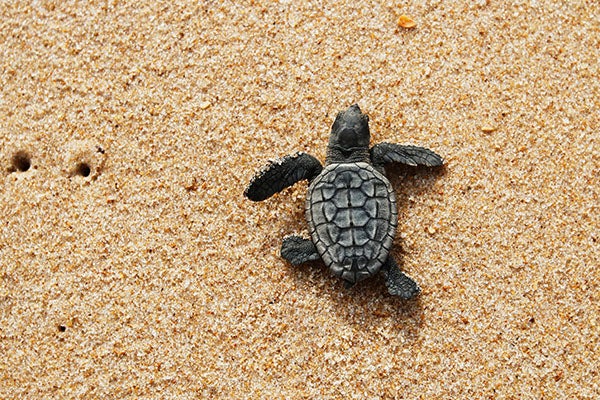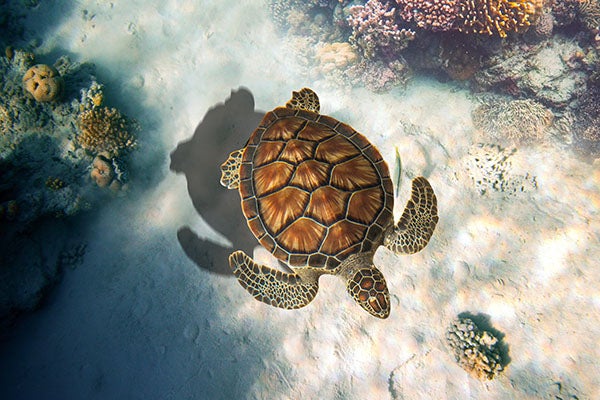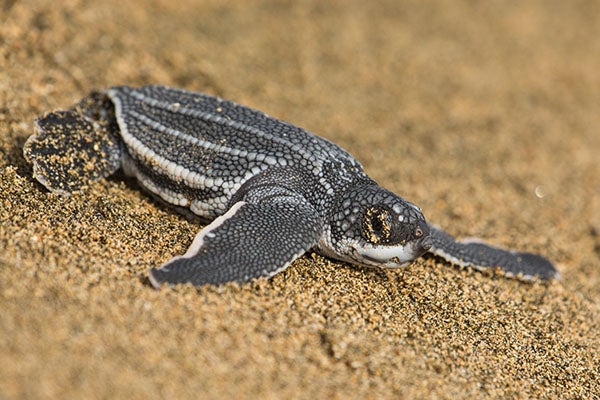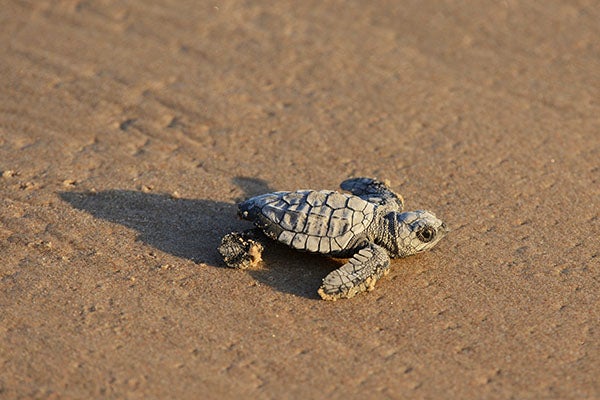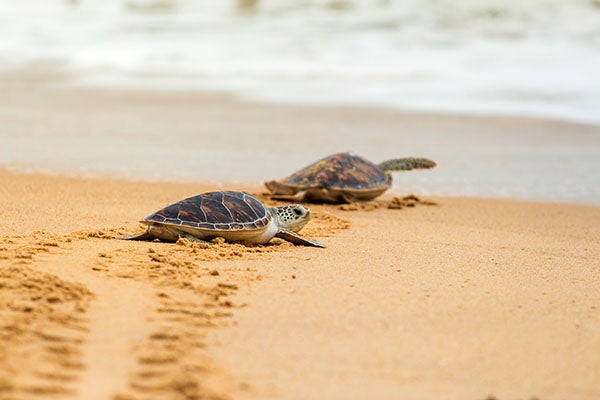Sea Turtles
Sea Turtle Nesting Season Begins May 1
Sea Turtle Safety
Sea Turtle Season
Sea turtle nesting season begins May 1, and St. Johns County officials are asking residents, visitors, and businesses to help protect natural habitat by observing all nesting season laws and regulations. The beaches of St. Johns County are home to several species of endangered or threatened sea turtles.
From May 1 to Oct. 31, St. Johns County staff will close vehicular beach access gates at 7:30 p.m. and reopen them at 8 a.m. to allow nesting sea turtles to have a safe beach throughout the night.
Help Keep Our Turtles Safe
Beach visitors can have a positive impact on nesting sea turtles by taking the following actions while enjoying the beach:
- Use designated walkovers. Please stay off dunes and vegetation.
- Avoid entering sand dunes and conservation zones (15 feet seaward of the dune line).
- Remove ruts and sandcastles at the end of your beach day.
- Stay out of Conservation Zone, 15 feet seaward of the dune line.
- Do not leave beach chairs or canopies on the beach overnight.
- Refrain from using fireworks and open fires.
- Flashlights are strongly discouraged as they can harm sea turtles. Light management guidelines
- Refrain from releasing balloons, as they can fall into the ocean and harm marine life.
- Reduce litter and marine debris – dispose of trash properly. Pick up any fishing line and plastic that you see and participate in beach clean-ups.
- Never approach sea turtles emerging from or returning to the sea. Nesting females are vulnerable and timid and can be easily frightened away.
Meet the Sea Turtles!
Turtle Facts
Nesting Activity as of October 31, 2024
| North Beaches | ||||
|---|---|---|---|---|
| Loggerheads: 620 | Greens: 17 | Leatherbacks: 2 | Kemp’s Ridley: 3 | Total 642 |
| Anastasia Island | ||||
|---|---|---|---|---|
| Loggerheads: 153 | Greens: 0 | Leatherbacks: 5 | Kemp’s Ridley: 1 | Total: 159 |
| Matanzas Inlet South | ||||
|---|---|---|---|---|
| Loggerheads: 56 | Greens: 3 | Leatherbacks: 3 | Kemp’s Ridley: 0 | Total: 62 |
Total # of Turtle Nests: 863
Reported Nests Evaluated: 481
Hatchlings Reported Emerged: 41,231
Please Note: Data reflects the submitted sea turtle nesting data provided and is considered preliminary in nature; final numbers will be tabulated at the end of the sea turtle nesting season.
Sea Turtle Nesting
The beaches of northeast Florida are considered as an important nesting area for the loggerhead (Caretta caretta), green (Chelonia mydas) and leatherback (Dermochelys coriacea) sea turtles.
Sea turtles emerge from the Atlantic Ocean to nest on our beaches each summer (May 1 to October 31). Females crawl from the water late at night to lay their eggs. They deposit, on average, 100 ping pong ball-sized eggs in each nest. They usually lay 2 to 3 nests per season on a 2-3 year cycle. The eggs incubate in the sand for about 2 months.
As the conditions have cooled inside the egg chamber the hatchlings emerge out of the nest as a group. As the young turtles exit the nest they instinctually seek the horizon by looking for natural light reflecting off the water.
Growing Up
Upon reaching the water, hatchlings begin their journey spending their first days of their lives swimming offshore. Once there, the tiny sea turtles crawl into mats of drifting algae called sargassum. They spend the first few years of their lives passively drifting on their oceanic rafts feeding on almost anything they can catch in the sargassum.
After a few years, the juvenile sea turtles leave their protective nursery and move to inshore feeding grounds where they spend the rest of their pre-adult lives.
Ultimately, at the age of 12 – 30, adult female sea turtles return to their natal beach to lay nests of their own.
Estimates predict that about one in a thousand hatchlings survive to adulthood.
Stewardship
Every morning between May 1 and October 31 sea turtle volunteers patrol the beaches looking for signs of sea turtle nesting. Each sea turtle emergence is examined and documented as a nest or false crawl (a non-nesting emergence).
Each nest is marked with stakes, flagging, and, if necessary, covered with a metal screen to protect it from predators. After a nest has been marked, it is carefully monitored for signs of tidal inundation, predation, and finally hatching. After the hatchlings emerge from the nest volunteers return to evaluate and document how many hatchlings emerged.
The eggs are counted and a hatching success (the number of hatched egg shells in relation to the total number of eggs) is calculated for each nest.
Stranding
When a sea turtle is found on the beach, or in the water, dead, sick or injured, it is considered a stranded animal. Whether the sea turtle is a hatchling, juvenile or adult and still alive it is in need of medical attention. Report strandings to the Florida Fish and Wildlife Conservation Commission at 1-888-404-FWCC (1-888-404-3922).
Be prepared to answer the following questions:
- What is the exact location of the animal (i.e. name of beach or access point)?
- Is the turtle alive or dead?
- What is the approximate size of the animal?
- Is the turtle marked with spray paint?
The answers will give us the information we need to respond quickly with the correct equipment to handle the animal. An animal with spray paint indicates the turtle has already been documented.
If you find a sea turtle floating in the water get a GPS reading, take pictures, and call the Florida Fish and Wildlife Conservation Commission at 1-888-404-FWCC (1-888-404-3922).
Gopher Tortoises and Sea Turtles are found on our beaches and are often mistaken for each other.
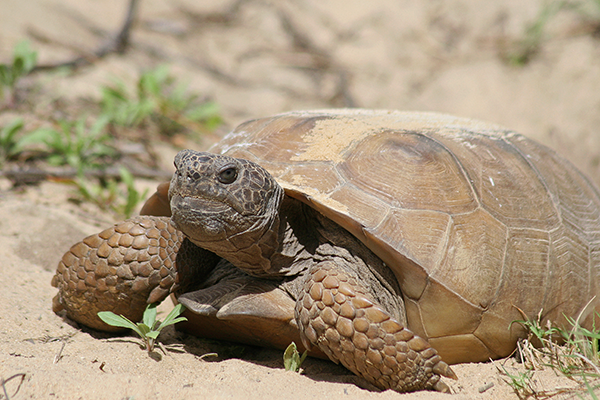
Gopher Tortoise (look for claws)
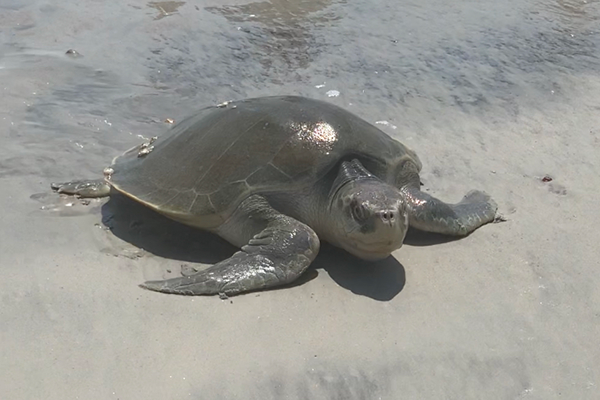
Sea Turtle (look for flippers)
If You See a Turtle in Distress
If you find a sick / injured / dead sea turtle do not put them back into the water as they may need medical attention. Please call Florida Fish & Wildlife Conservation Commission’s 24-hour Wildlife Alert Number at 1-888-404-FWCC (1-888-404-3922).
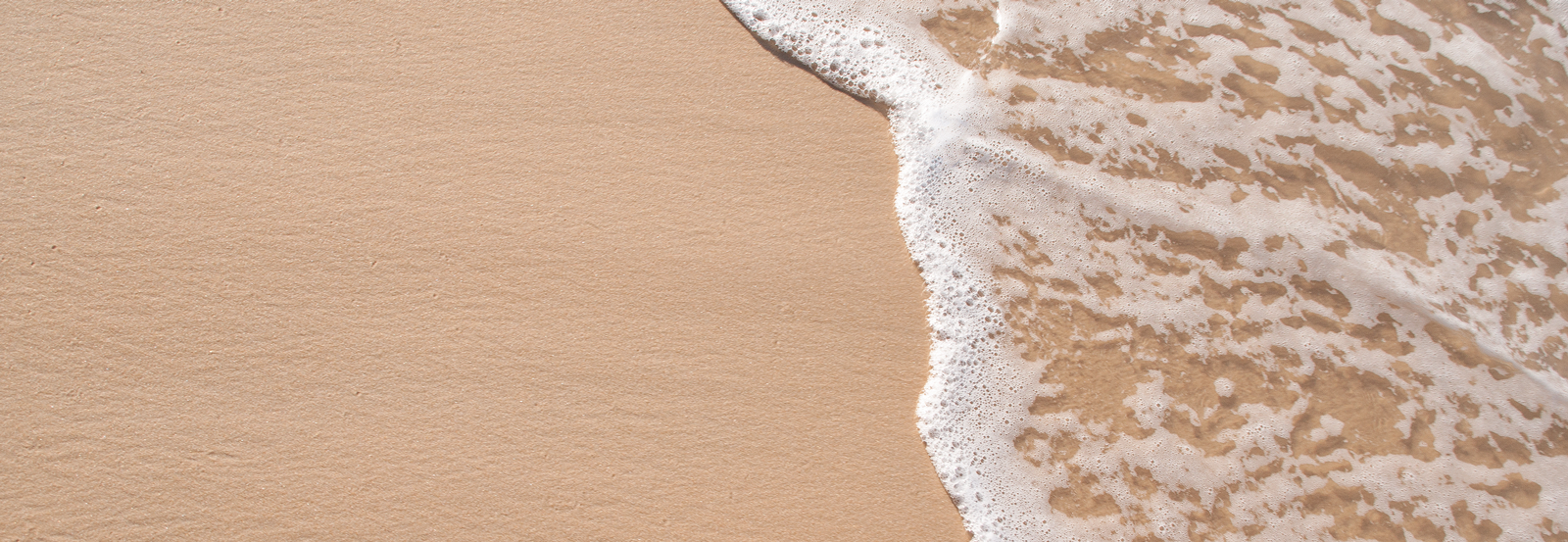
Remember…
Leave only your footprints in the sand.
